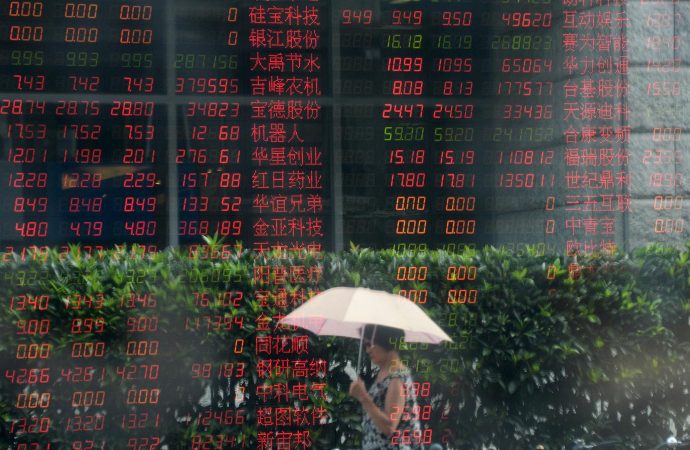Introduction: China’s consumers are facing a unique economic landscape marked by falling prices, yet they adopt a cautious stance, tightening their belts. This article delves into the factors influencing this trend, the potential consequences for the Chinese economy, and the China consumers strategies consumers employ to navigate these challenging times. Factors Influencing Belt-Tightening: Explore the
Introduction:
China’s consumers are facing a unique economic landscape marked by falling prices, yet they adopt a cautious stance, tightening their belts. This article delves into the factors influencing this trend, the potential consequences for the Chinese economy, and the China consumers strategies consumers employ to navigate these challenging times.
Factors Influencing Belt-Tightening:
Explore the multifaceted factors contributing to Chinese consumers‘ belt-tightening approach. Dr. Li Wei, an Economist and Senior Research Fellow, analyzes the economic shifts, consumer sentiment, and external influences shaping this cautious behavior amidst a backdrop of falling prices.
Consequences for the Chinese Economy:

This image is taken from google.com
While falling prices might typically be associated with increased consumer spending, this article examines how the current trend of belt-tightening may impact the broader Chinese economy. Dr. Li Wei provides insights into the potential consequences, from changes in consumption patterns to implications for businesses and economic growth.
Strategies Employed by Consumers:
Discover the various strategies employed by Chinese consumers to navigate the economic shift. From prioritizing essential spending to seeking value for money, this section outlines the pragmatic approaches consumers are adopting to make informed financial decisions.
Impact on Different Sectors:

This image is taken from google.com
The belt-tightening trend is not uniform across all sectors. The article explores how specific industries are affected differently, shedding light on areas experiencing resilience and those facing greater challenges in adapting to changing consumer behaviors.
Informative Tables:
Table 1: Factors Influencing Belt-Tightening in Chinese Consumers
| Factors | Influence on Consumer Behavior |
|---|---|
| Economic Uncertainty | Caution in spending due to concerns about future stability |
| Savings Mindset | Prioritizing savings and building financial resilience |
| Employment Conditions | Impact of job market conditions on consumer confidence |
| Changing Consumption Patterns | Shifts in preferences and priorities in response to economic changes |
Table 2: Impact on Different Economic Sectors
| Economic Sector | Resilience Factors | Challenges Faced |
|---|---|---|
| Essential Goods and Services | Steady demand for necessities like food and healthcare | Pricing pressure and supply chain disruptions |
| Non-Essential Retail | Decline in discretionary spending on non-essential items | Struggles for businesses relying on luxury and non-essential goods |
| E-commerce | Continued growth in online shopping trends | Increased competition and logistics challenges |
Conclusion:
As Chinese consumers tighten their belts in the face of falling prices, the economic landscape undergoes a unique transformation. Dr. Li Wei’s analysis provides a nuanced understanding of the factors influencing this trend, the potential consequences for the Chinese economy, and the adaptive strategies employed by consumers. As China navigates this economic shift, the resilience and adaptability of both consumers and businesses will play a crucial role in shaping the trajectory of the nation’s economic recovery. The insights from this article offer a valuable perspective on the dynamics at play in China’s evolving economic landscape.






















